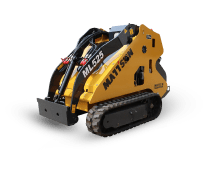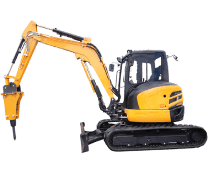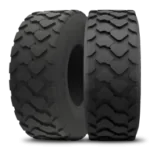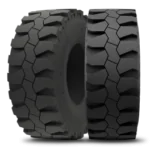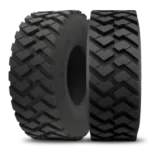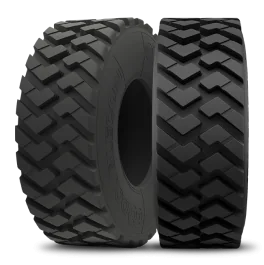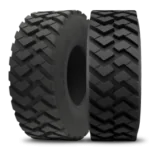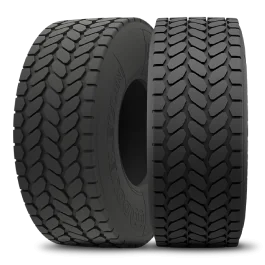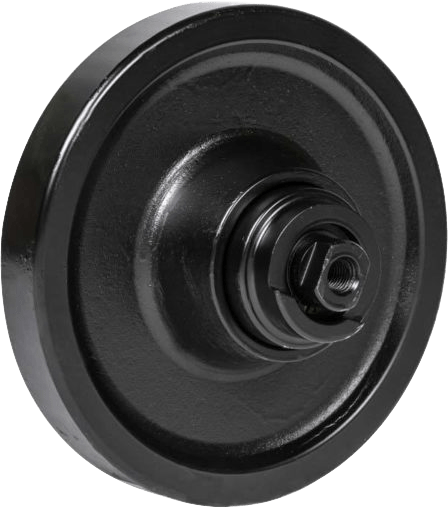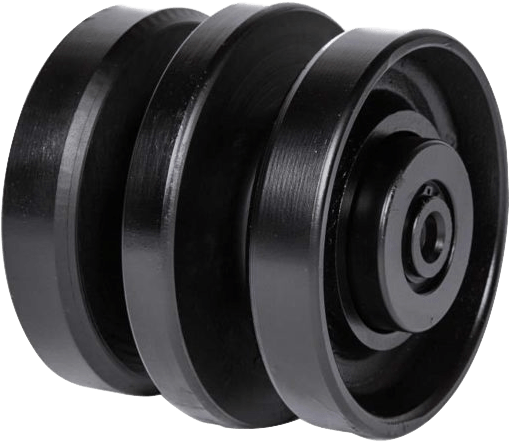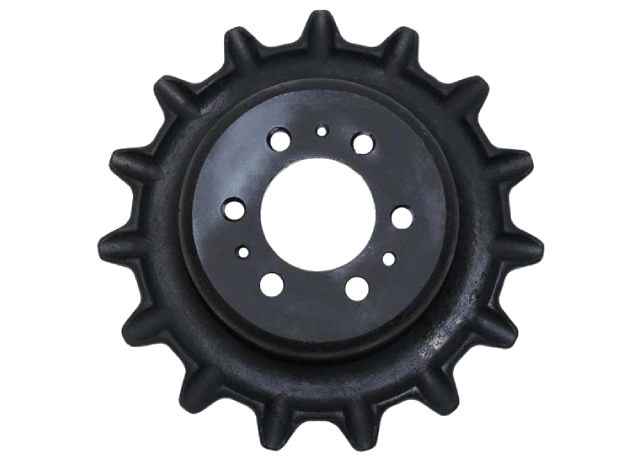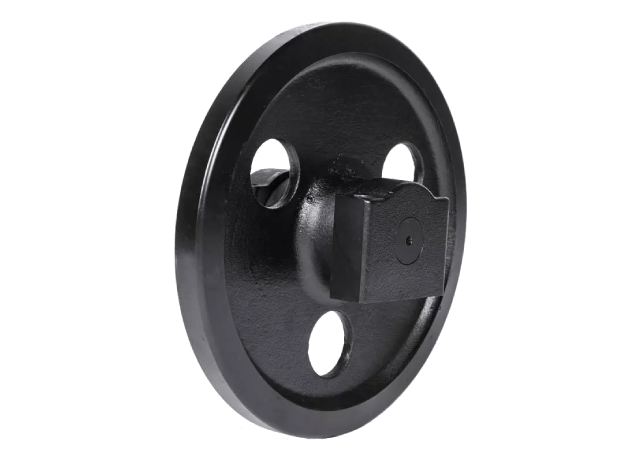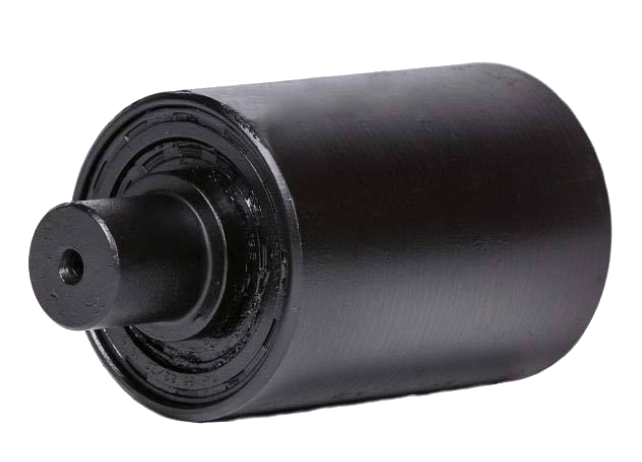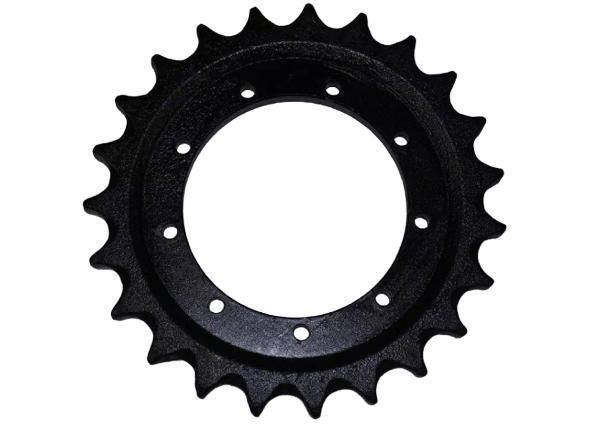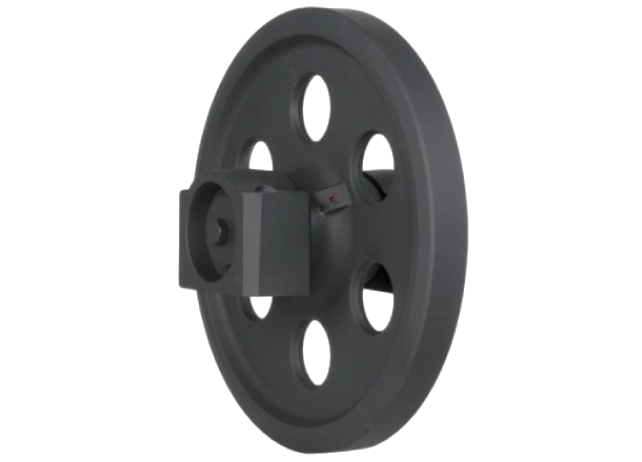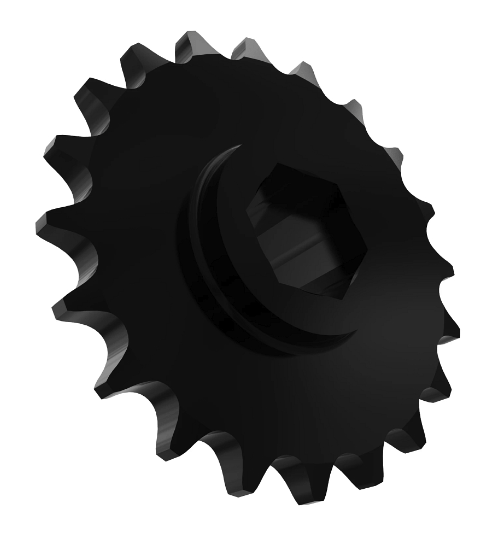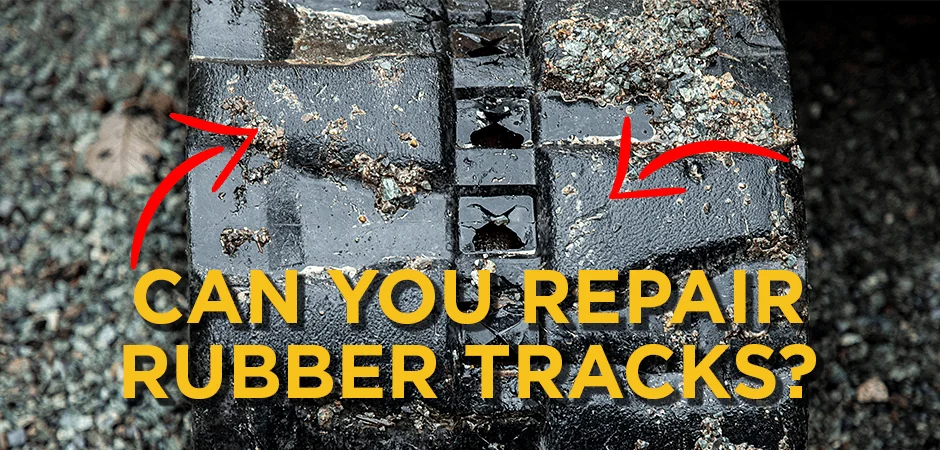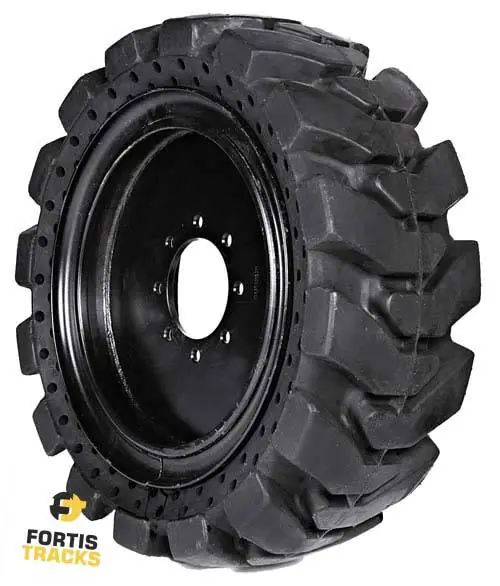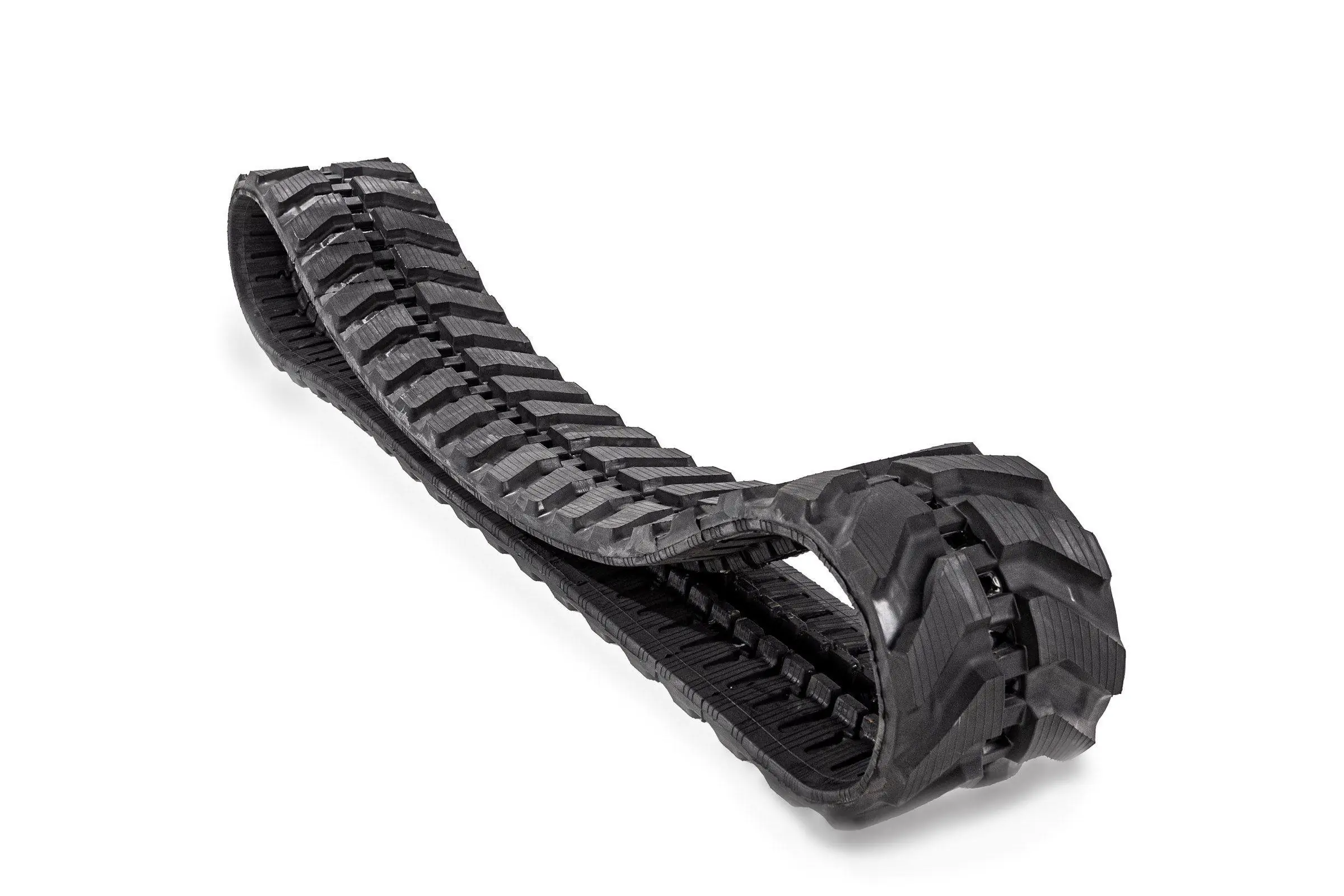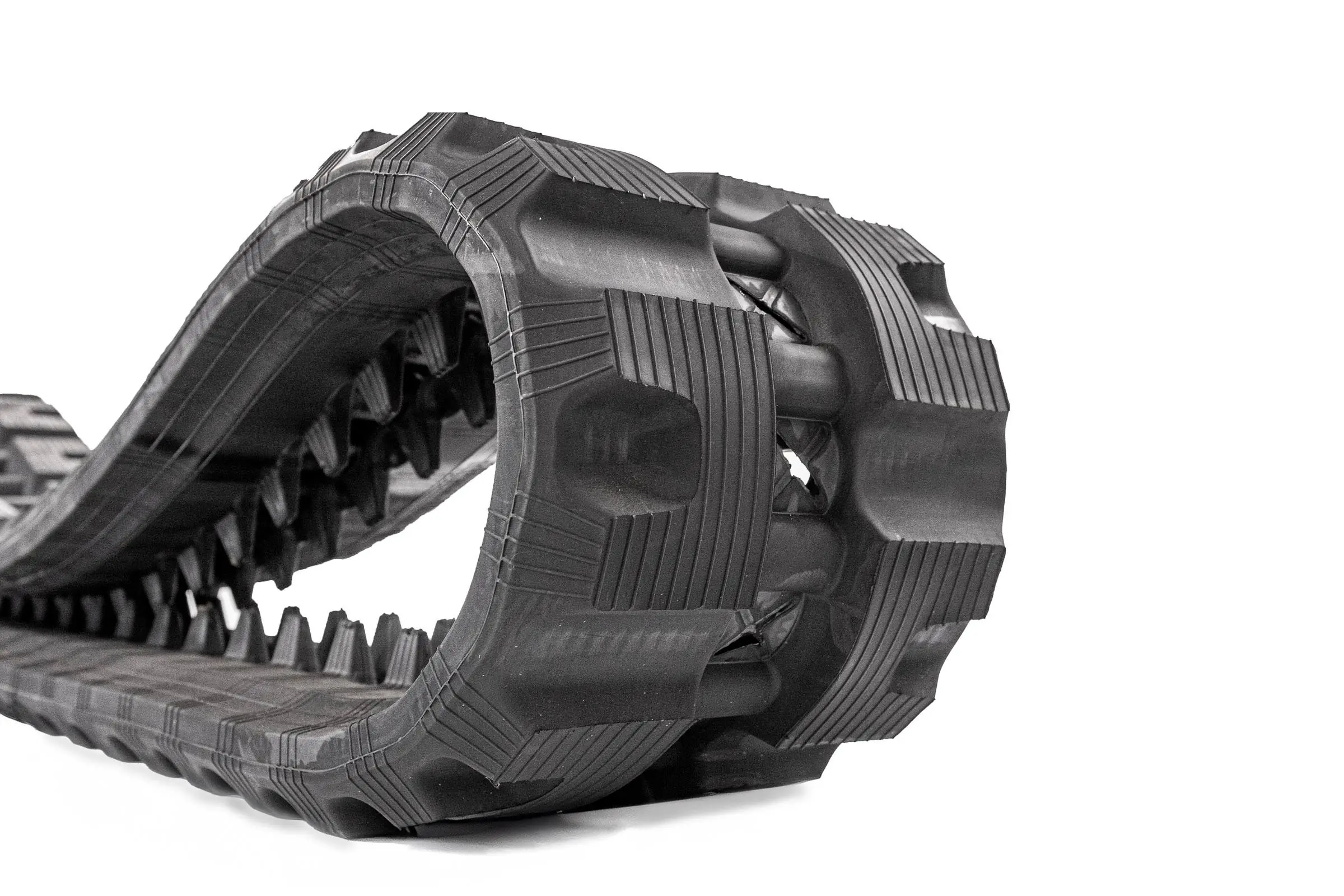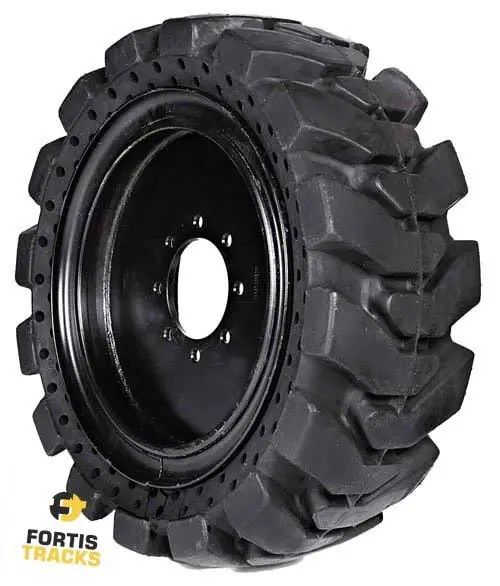Whether you are working on smooth or rough terrain, the rubber tracks on your machine are bound to wear out. It’s just a matter of time before you find yourself wondering whether to repair or replace the rubber tracks.
But can you repair the rubber tracks? Is it possible?
Well, the short answer is no. But why? Any rubber tracks on any excavator or any piece of equipment that has rubber tracks where no bolts or pins are holding them together are non-repairable. So if they are ripped, gouged, torn, or worn out, the rubber tracks can only be replaced, not repaired.
Table of Content
Can You Repair A Rubber Track? TEKAMO TIPS #3
Why You Shouldn’t DIY Rubber Track Repairs
While you can repair a tire, you shouldn’t bother repairing a torn, gouged, or broken rubber track. Even if it’s just a temporary quick fix until you can be in a position to replace or just relocate the track it’s not a good idea or the safest thing to do.
For one, it is a pure waste of time and money. Once the track has had even the slightest of cracks, no amount of repairing can salvage the situation. The damage will continue to worsen. So, for instance, if the track has a split and you try to weave it in, the split will keep extending as the track gets around to the end when the equipment is moving.
Sometimes tracks become damaged due to an underlying issue with your machine. If you try to repair the track it’s possible you may not catch these problems.
Lastly, repairing a rubber track, especially by stringing two pieces, adversely affects the track tension. It makes the track lose, which affects the machine’s efficiency and productivity.
You might have watched a couple of DIY track repair videos on YouTube and think you can get it to “good enough” but you’ll certainly be taking a chance on it. While the creators mean well, what worked for them may not work out for you and your equipment. Plus you risk the safety of the equipment and the operator.
The only solution to damaged rubber tracks is to purchase good quality rubber tracks. You can DIY the track replacement or seek the assistance of a professional mechanic to replace the tracks for you.
Meanwhile, you could try selling the damaged or worn-out rubber track as scrap on eBay for a few bucks.
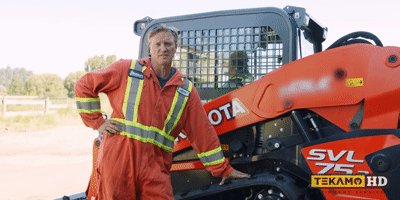
What Causes The Tracks To Crack?
Rubber tracks are not meant to last a lifetime. It’s therefore impractical not to anticipate a replacement. For one, it is normal for rubber tracks to experience wear and tear when used for an extended length of time. Some wear and tear are well beyond normal, depending on how much hard work the heavy equipment vehicle does.
Another possible cause of rubber tracks wearing out fast is the ground surface the equipment is driven over. Ground surfaces with curbs and gravel cause the tracks to de-track faster.
Exposure to UV light for a longer time also causes the tracks to deteriorate faster. Further, when certain chemicals come into contact with the tracks, they cause the rubber to slowly deteriorate until it eventually fails completely.
Signs That You Need To Replace The Rubber Tracks
You must always keep an eye on the slightest signs that your rubber tracks are on the verge of “giving up” so that you immediately plan for a new purchase.
Here’s what you should be looking out for:
- Cracks appearing on the rubber tracks of your equipment.
- Missing or damaged lugs as a result of sprockets constantly slipping against them
- Evidence of rotting rubber in the rubber tracks
- Worn out tread and visible steel cording
- Sprockets not interlocking properly and skipping over lugs
Rubber Track Replacement
You can do the replacement by yourself, but more likely than not, you’ll need an extra set of hands. Make sure you buy replacement rubber tracks from a reputable brand. Buying sub-standard quality tracks might seem like a cheaper option at the moment, but in the long run you will end up replacing them again pretty fast.
Make sure to replace the tracks on both sides of the vehicle even if the other track is not worn out or damaged. This is because when you replace just one side and still continue using the old one, the new one will wear out faster because of the imbalance. So in just a short time, you will be forced to purchase new tracks again.
How Often To Replace Rubber Tracks?
You should replace the rubber tracks on your equipment as soon as you notice any sign of wear and tear. Ignoring or postponing only worsens things. It will result in inefficiency and mishaps.
How To Keep Your Rubber Track In Top Shape
Even though you will eventually have to replace the tracks, it doesn’t hurt to stretch them for a little longer. Here are a few ways you can extend the life of your rubber tracks:
Purchasing only high-quality rubber tracks. It all starts with the purchase. If the quality is not good, rest assured the life span will be shorter. There are no two-ways about it.
Careful driving. Ensure that the operator of the machine drives carefully. Aggressive and careless driving causes damage and faster wear and tear.
Observe a strict maintenance schedule. The lifespan of your tracks will hugely depend on how regularly maintained the machine is. The more strict you are with the maintenance schedule, the longer your tracks will serve you.
Operate within the track tension. Every track manufacturer gives the tension range for which the tracks should operate on. The track tightness is different across equipment and may also vary due to the texture of the working site. Regardless of the variation, the tracks must not be too loose or too tight, but be within the specified track tightness on both the top and the bottom of the track. If the tracks are too tight or too loose, you may need to adjust the track tension.
Keep rubber tracks clean. Dirt, debris, and particles that clog or get stuck in the track lines can damage the tracks over time.
Park away from sunlight. Too much exposure to the sun causes the tracks to slowly degrade.
Limit high speed. High speeds generally accelerate the wear and turn of all cab components. Limiting the higher speeds to only when necessary will help a great deal extend the life of the rubber tracks.
![]()
|
Ready to purchase superior quality rubber tracks for your machine? Check out what we have in our store here. |


